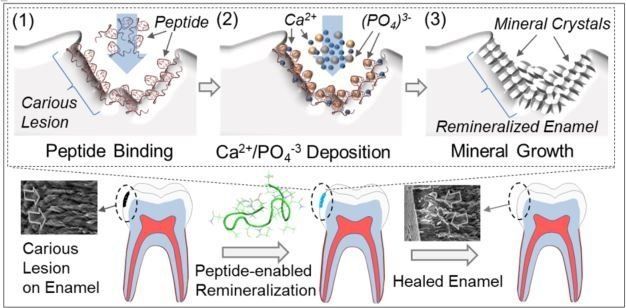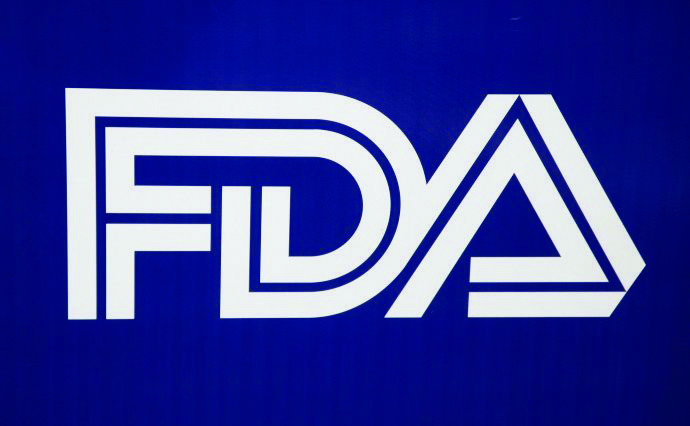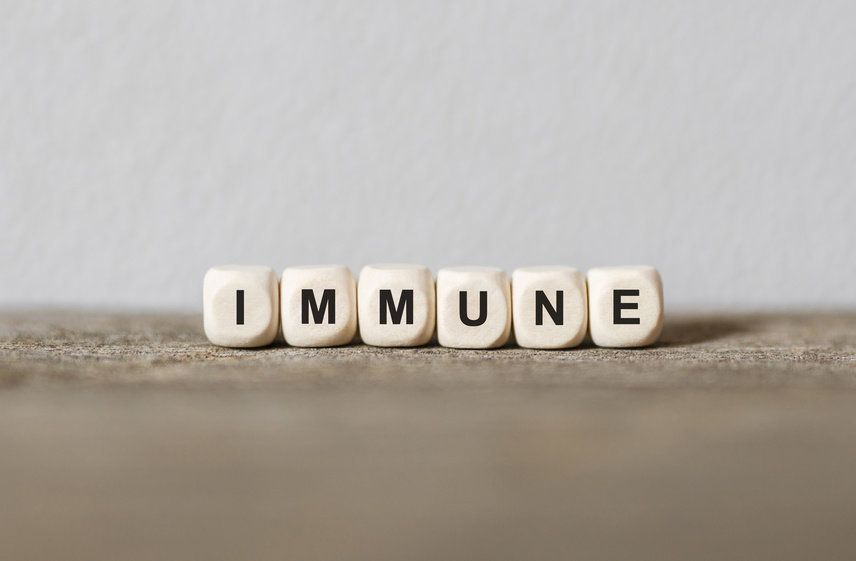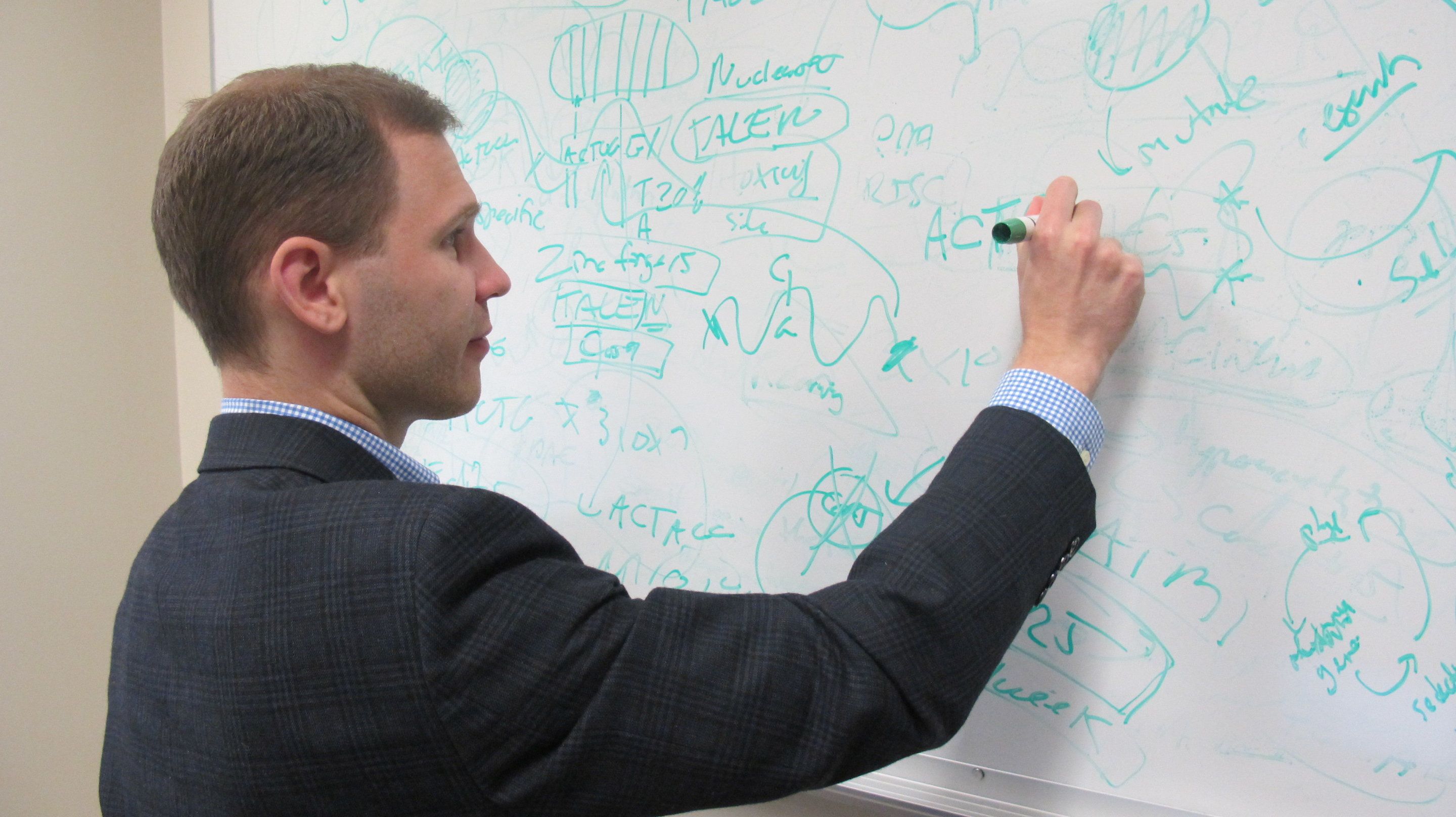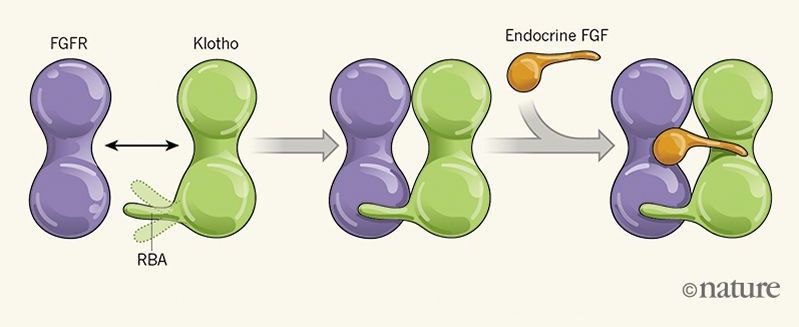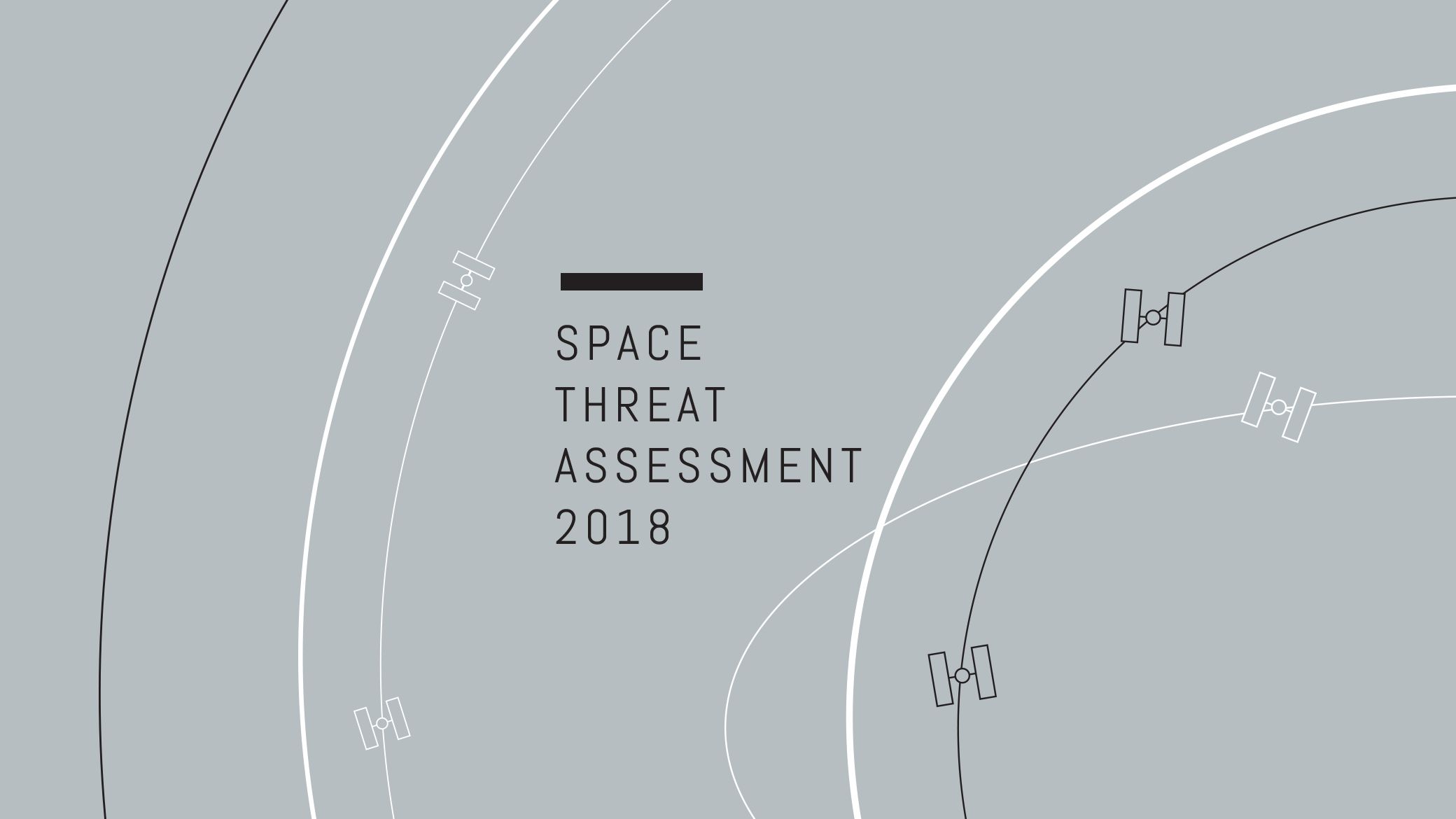200,000 nearby stars. There have to be some planets in there, right?
Researchers at the University of Washington have designed a convenient and natural product that uses proteins to rebuild tooth enamel and treat dental cavities.
The research finding was first published in ACS Biomaterials Science and Engineering.
“Remineralization guided by peptides is a healthy alternative to current dental health care,” said lead author Mehmet Sarikaya, professor of materials science and engineering and adjunct professor in the Department of Chemical Engineering and Department of Oral Health Sciences.
The lives of contact lens wearers just got a whole lot easier.
On Tuesday, the U.S. Food and Drug Administration approved the first contact lenses that can act like sunglasses.
A special additive automatically darkens the lenses when exposed to bright light, while they become clear again in normal or dark lighting conditions.
In a world first, scientists from Sydney’s Garvan Institute of Medical Research have revealed how a population of ‘bad’ antibodies in the immune system — which are usually ‘silenced’ because they can harm the body — can provide crucial protection against invading microbes. The research was carried out in mice.
The ‘bad’ antibodies are known to react against the body’s own tissues and can cause autoimmune disease. For this reason, it was once thought that they were discarded by the immune system or that they were made inactive in the long term. However, the new findings show for the first time that ‘bad’ antibodies go through a rapid ‘redemption’ process and are activated when the body is faced with a disease threat that other antibodies cannot tackle.
As a result, the ‘redeemed’ antibodies no longer threaten the body, but instead become powerful weapons to fight disease — and particularly diseases that evade the immune system by disguising themselves to look like normal body tissue.
Imagine a future where a guided biomachine put into your body seeks out defective gene sequences in each cell and edits in the correct information with precision accuracy.
It’s called gene editing, and University of Alberta researchers have just published a game-changing study that promises to bring the technology much closer to therapeutic reality.
“We’ve discovered a way to greatly improve the accuracy of gene-editing technology by replacing the natural guide molecule it uses with a synthetic one called a bridged nucleic acid, or BNA,” said Basil Hubbard, Canada Research Chair in Molecular Therapeutics and an assistant professor in the U of A’s Department of Pharmacology, who led the study.
Farts may stink to high heaven, but a new study suggests that the gas responsible for that foul odor may actually extend a person’s time on earth.
Scientists in the UK claim that hydrogen sulfide, the stinky compound that smells like rotten eggs which contributes to the flatulence stench, could have amazing health benefits.
Hydrogen sulfide can be toxic, but tiny amounts have been shown to help protect the mitochondria, which are known as the “powerhouses” of cells.
In the disease atherosclerosis, cholesterol-containing plaques form in vessel walls, causing arteries to narrow and greatly increasing the risk of heart attack and stroke. Currently, atherosclerosis is the number 1 killer worldwide, just ahead of cancer. Recent use of statin anti-cholesterol drugs has reduced cardiovascular events caused by atherosclerosis by 35%, but millions of individuals remain at risk. Hence, a desirable addition or alternative would be intervention to prevent plaque formation altogether.
A new paper published in Circulation by researchers at La Jolla Institute for Allergy and Immunology supports this possibility. It reports successful vaccination of atherosclerotic mice with a small chunk of protein snipped out of “bad cholesterol.” Vaccination reduced plaque levels in test mice, and other experiments with human blood samples identified the class of T cells likely responsible for positive outcomes. The paper suggests that a comparable strategy could form the basis of a human vaccine.
“We knew atherosclerosis had an inflammatory component but until recently didn’t have a way to counteract that,” says senior author Klaus Ley, M.D., professor and head of LJI’s Division of Inflammation Biology. “We now find that our vaccination actually decreases plaque burden by expanding a class of protective T cells that curb inflammation.”
Klotho is a membrane-spanning protein expressed predominantly in the kidney, as well as in the brain.
Ageing is a regulated process in which hormones have pivotal roles. Crystal structures of two hormone co-receptors should be informative for drug discovery focused on age-related disorders.
Scientists could be one step closer to a solution to atherosclerosis by preventing the buildup of plaques that clog the arteries and lead to strokes and heart attacks.
What is atherosclerosis?
Atherosclerosis is the accumulation of cholesterol-containing plaques in the walls of arteries; this causes them to narrow, leading to reduced blood flow, higher blood pressure, and an increased risk of a heart attack or stroke. Atherosclerosis is the number one cause of death globally, and, by far, the highest risk factor for this disease is aging, although there are lifestyle factors, such as poor diet, smoking, obesity, and being sedentary.
Space Threat Assessment 2018
Posted in space

